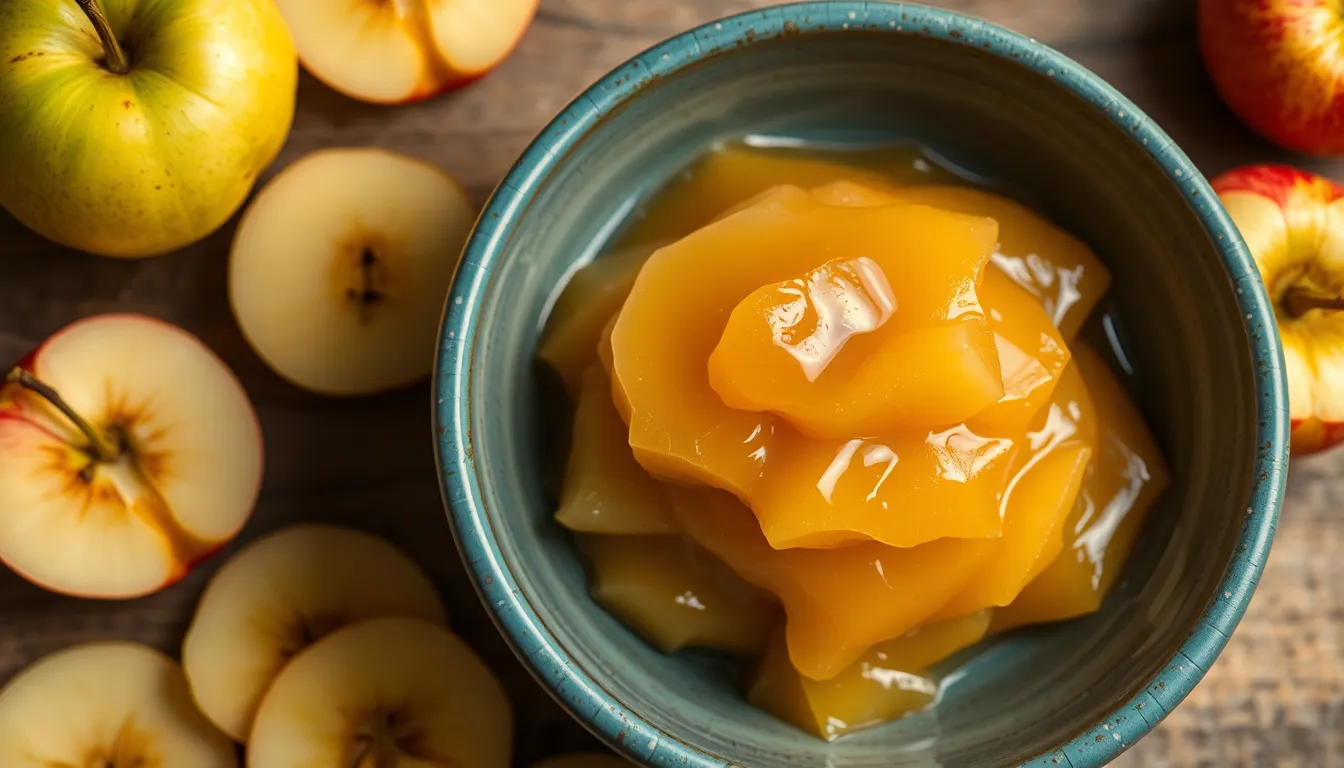The Best Spices for Flavoring Your Pickles
Introduction
Pickling is a time-honored preservation technique embraced by diverse cuisines around the globe. From zesty dill pickles in American households to tangy kimchi in Korean kitchens, the art of pickling is steeped in tradition and flavor. At the heart of every successful pickle lies a medley of spices that can elevate the taste and transform simple vegetables into gourmet delights.
In this article, we delve into the world of pickling spices, guiding you through the best choices to enhance your pickled creations. Whether you want to maintain classic flavors or venture into exotic territories, we have you covered with spice tips and recipes for unforgettable pickles.
Section 1: Understanding the Basics of Pickling
At its essence, pickling is the process of preserving food by immersing it in an acidic solution, typically vinegar, combined with salt and sometimes sugar. This method not only extends the shelf life of fruits and vegetables but also enhances their flavor through fermentation or brining.
The fundamental ingredients in pickling include:
- Vinegar: Provides the acidity necessary for preservation.
- Water: Helps balance the vinegar for a more palatable flavor.
- Salt: Acts as a preservative and enhances taste.
- Sugar: Adds sweetness to counterbalance acidity (optional).
Spices play a crucial role in the pickling process, imparting unique flavors to the brine that seep into the vegetables. The right combination of spices can turn ordinary pickles into extraordinary bites of flavor.
Section 2: Top Spices for Flavoring Your Pickles
2.1. Classic Pickling Spices
When it comes to traditional pickling, certain spices are staples in many recipes. Here are some of the classics:
- Mustard Seeds
- Dill Seeds
- Black Peppercorns
| Spice Name | Flavor Profile | Best Pairings |
|---|---|---|
| Mustard Seeds | Pungent, slightly bitter | Cucumbers, cauliflower |
| Dill Seeds | Fresh, grassy | Cucumbers, radishes |
| Black Peppercorns | Sharp, woody | Carrots, green beans |
2.2. Unique and Exotic Spices
For those looking to add a twist to their pickles, a variety of unique and exotic spices can be introduced:
- Coriander Seeds
- Cinnamon Sticks
- Allspice Berries
| Spice Name | Flavor Impact | Ideal Vegetables |
|---|---|---|
| Coriander Seeds | Citrusy, floral | Carrots, beets |
| Cinnamon Sticks | Sweet, warm | Apples, pears |
| Allspice Berries | Complex, warm | Onions, cabbage |
2.3. Herbs vs. Spices: What’s the Difference?
It’s essential to distinguish between herbs and spices when crafting your pickling blend. Generally, herbs are the green leafy parts of plants, while spices are derived from other parts such as seeds, roots, or bark.
Here are some recommended herbs for pickling:
- Fresh Dill: A classic pairing with cucumbers.
- Bay Leaves: Adds depth to pickling mixtures.
- Thyme: Offers a subtle earthy flavor.
Section 3: How to Use Spices in Your Pickling Process
Incorporating spices into your pickling brine is a straightforward process. Follow these steps to master the art of spiced pickling:
- Prepare Your Brine: Begin by heating equal parts vinegar and water in a pot, adding salt and sugar to taste.
- Choose Your Spices: Select the spices and herbs you want to use based on your flavor preferences.
- Infuse the Brine: Add your chosen spices to the pot and let them steep in the warm brine for at least 10 minutes to release their flavors.
- Strain the Brine: If you prefer a clear brine, strain out the spices before pouring it over your vegetables.
- Pack Your Jars: Place your prepped vegetables into clean glass jars and pour the brine over them until fully submerged.
- Seal and Store: Seal the jars tightly and store them in the refrigerator or process them in a water bath for shelf stability.
Tips for experimenting with spice combinations:
- Start with small quantities to gauge flavors.
- Mix and match spices from both classic and unique lists.
- Consider the overall flavor profile you want to achieve—sweet, spicy, or tangy.
Adjusting spice quantities is vital to personal taste, so feel free to experiment until you find the perfect blend!
Section 4: Recipes Featuring Spices in Pickles
4.1. Classic Dill Pickles Recipe
Enjoy the taste of homemade dill pickles with this easy recipe.
Ingredients:
- 4 cups fresh cucumbers (sliced or whole)
- 2 cups distilled white vinegar
- 1 cup water
- 1/4 cup kosher salt
- 1/4 cup granulated sugar
- 3 tablespoons dill seeds
- 1 tablespoon mustard seeds
- 1 tablespoon black peppercorns
- 4 cloves garlic, smashed
Instructions:
- In a medium pot, combine vinegar, water, salt, and sugar. Heat until the salt and sugar dissolve.
- Add dill seeds, mustard seeds, black peppercorns, and garlic to the mixture.
- Let the brine cool slightly before pouring it over the cucumbers packed in sterilized jars.
- Seal the jars and refrigerate for at least 24 hours before enjoying.
4.2. Spicy Garlic Green Beans Recipe
Add a kick to your pickles with this spicy garlic green bean recipe.
Ingredients:
- 1 pound fresh green beans, trimmed
- 2 cups distilled white vinegar
- 1 cup water
- 1/4 cup kosher salt
- 1 teaspoon red pepper flakes
- 5 cloves garlic, peeled
- 1 tablespoon dill seeds
- 1 tablespoon black peppercorns
Instructions:
- Prepare the brine by heating vinegar, water, salt, and red pepper flakes until dissolved.
- Add dill seeds, black peppercorns, and garlic to the brine.
- Pack the green beans into sterilized jars and pour the hot brine over them.
- Seal the jars and refrigerate for at least three days for the flavors to meld.




